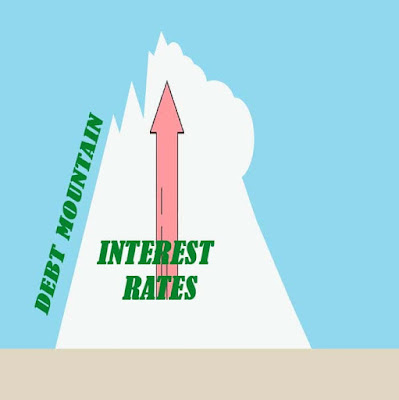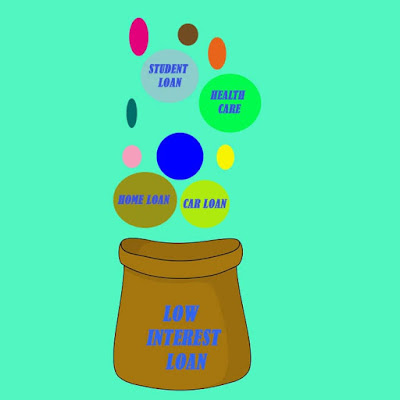Debt management strategies
Debt avalanche method
It is the most logical approach toward eliminating debt. 1st make list of all the debt with their interest rate in order larger to smaller.
This method involves making minimum payment of all of your debt and using the remaining money to pay highest interest rate debt 1st. This method help you save the extra money that otherwise would have gone as interest payment.
 |
| Debt avalanche method |
Lets understand it with an example. Suppose you have the following list of debt.
- 5000 credit card debt @ 17.99%
- 4000 car loan @ 2.5%
- 8000 student loan @ 6.00%
Here according to avalanche method make minimum payment of all the above debt. With the money that you are left pay for your credit card as it has the highest rate of interest. Afterward once the credit card debt is eliminated go for student loan. You can save a lot of money simply by making your debt payment in particular order.
Debt Snowball method
The debt avalanche method is mathematically logical. But some time it can be discouraging if you don’t see immediate result even after making large debt payment. Here come the debt snowball method. It encourages and motivates to make debt payment.
 |
| Debt Snowball method |
In this method make minimum payments of your all debt and with the remaining money go for smaller debt and then to the bigger one. This method way suggested by financial expert Dave Ramsey. This method give quick results.
Debt lasso method
This method involves consolidating your all debt and transferring it to Zero interest credit card or low interest loan from what you are currently paying. This way you will be able to pay off you principle amount fast.
 |
| Debt lasso method |
This method was developed by John Schneider and David Auten.
But there are few points to remember before going for this method. If your annual income is double your debt than this method is good for you but if your debt is double of your annual income
For example
If income is 15 lakhs and debt is around 7 lakhs than this method is good, but not when the condition is vice versa
learn more about debt management




0 Comments